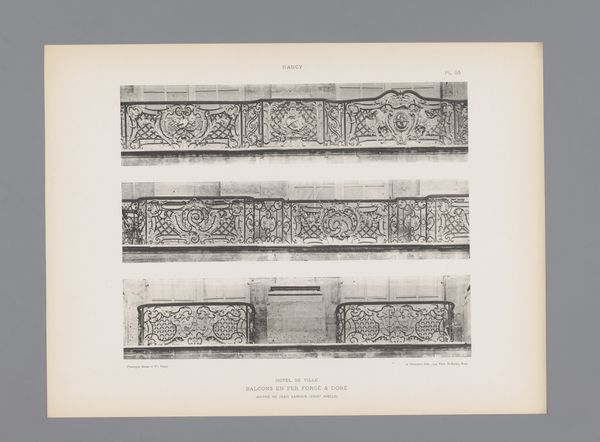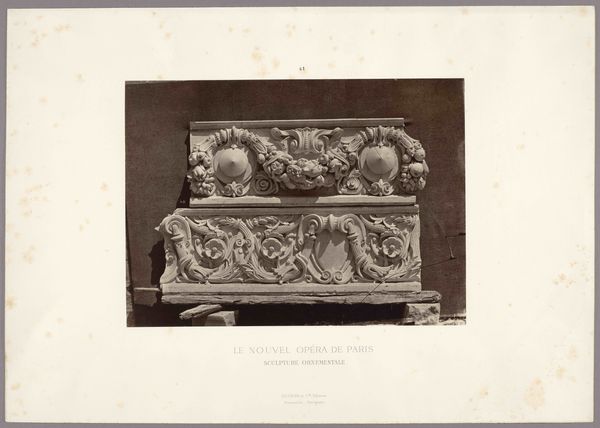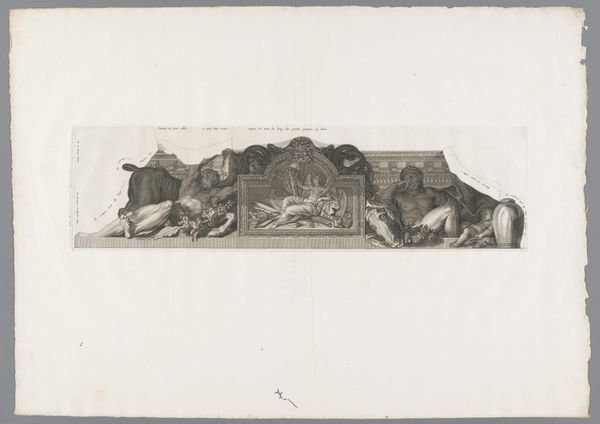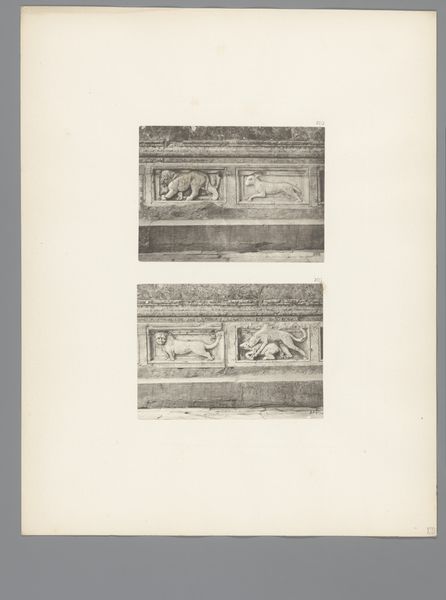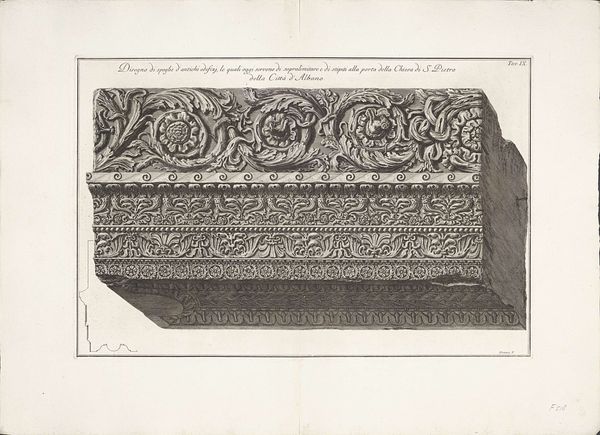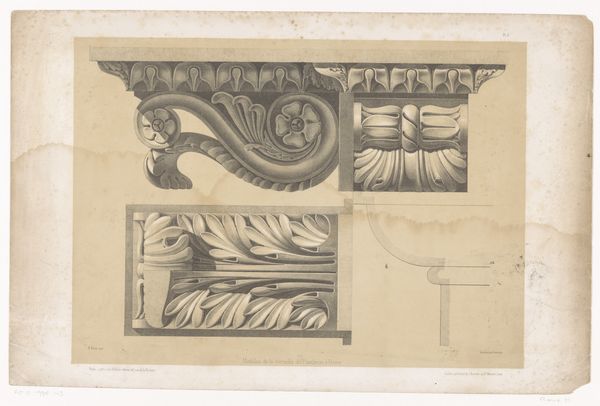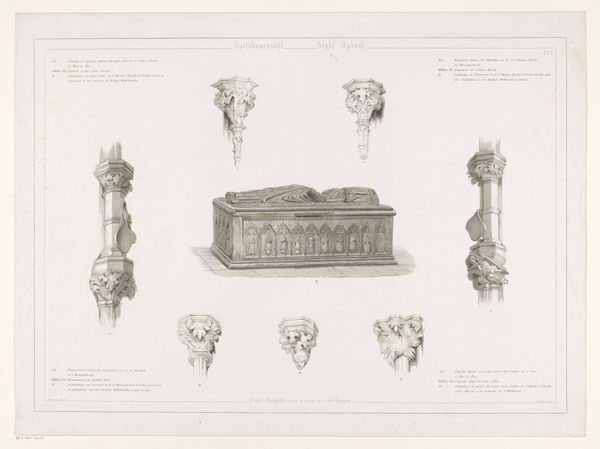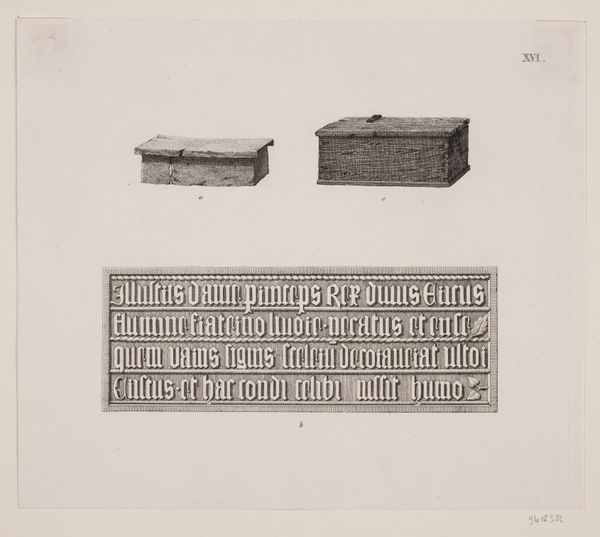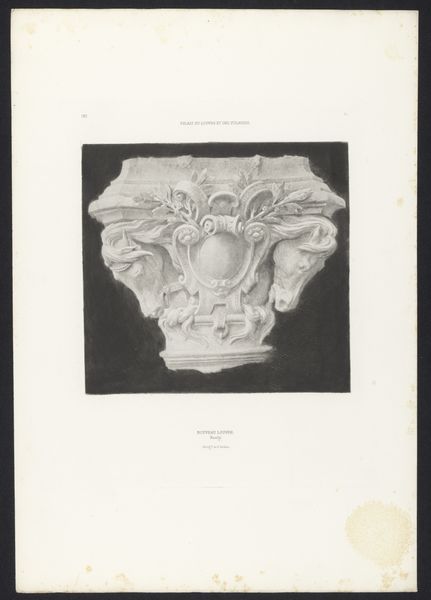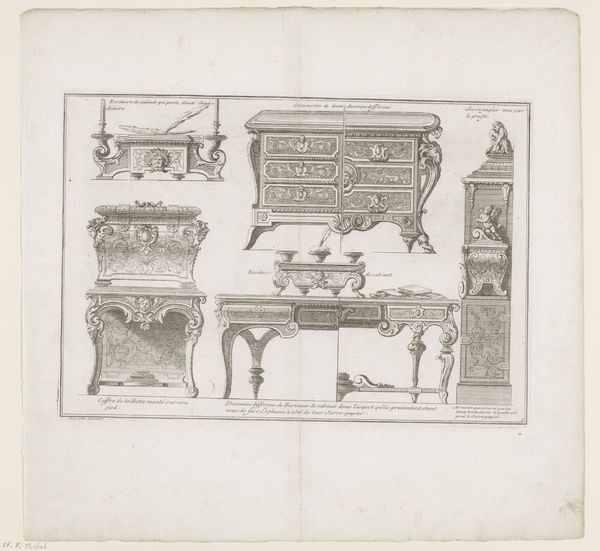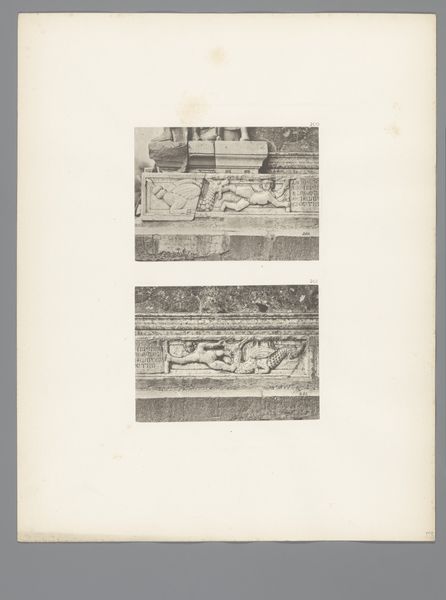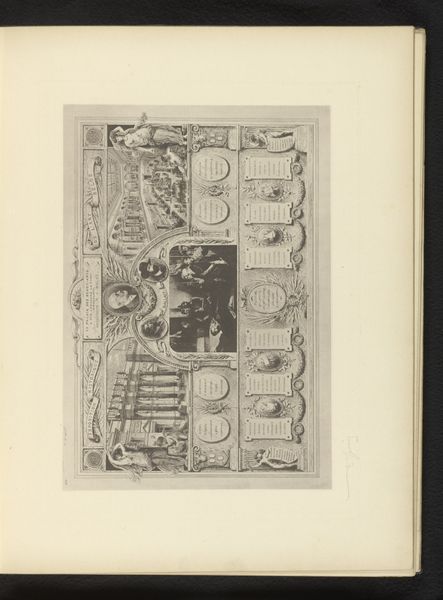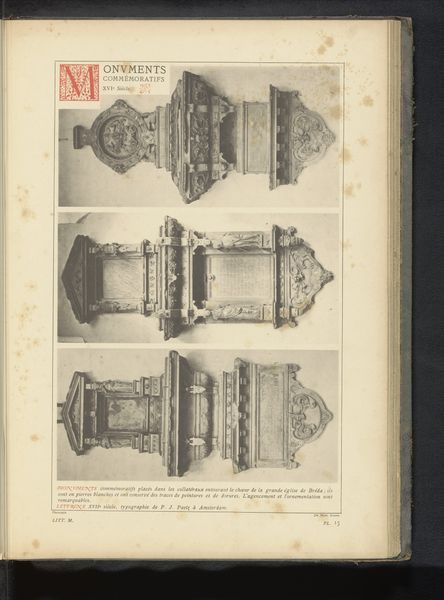
drawing, print, paper, engraving, architecture
#
drawing
#
neoclacissism
# print
#
old engraving style
#
landscape
#
paper
#
geometric
#
ancient-mediterranean
#
column
#
engraving
#
architecture
Dimensions: height 300 mm, width 434 mm
Copyright: Rijks Museum: Open Domain
Giovanni Battista Piranesi created this print of three fragments of ancient buildings. Made in 18th-century Italy, it reflects the era's fascination with classical antiquity and the burgeoning field of archaeology. Piranesi wasn't just depicting ruins; he was actively participating in shaping the cultural understanding of ancient Rome. The image creates meaning through detailed depictions of architectural fragments, emphasizing their grandeur and artistic merit. Consider the social conditions that influenced Piranesi's work. The rise of wealthy European elites fueled a demand for knowledge and artifacts from classical civilizations. Institutions like museums and academies played a crucial role in shaping artistic taste and scholarship. Piranesi's prints catered to this market. They served as both artistic objects and visual records of ancient structures. To fully understand Piranesi's work, we can consult historical archives, architectural treatises, and period publications. Only then can we grasp how art like this print reflects and shapes the cultural values of its time.
Comments
No comments
Be the first to comment and join the conversation on the ultimate creative platform.
